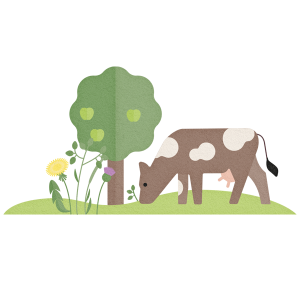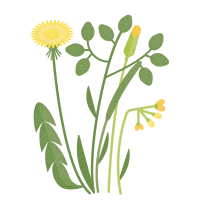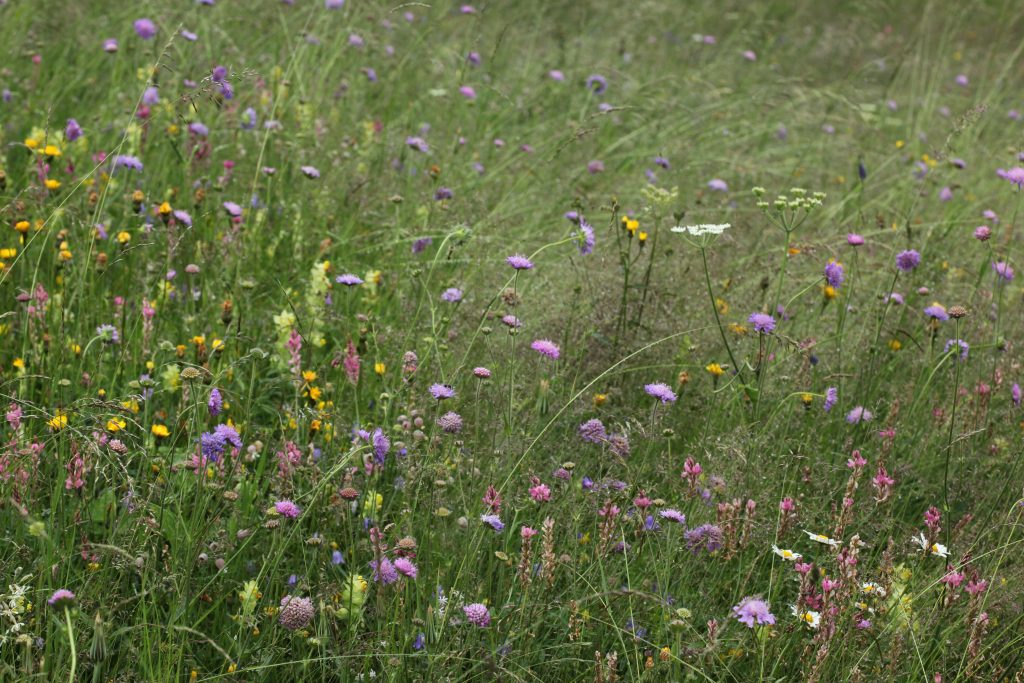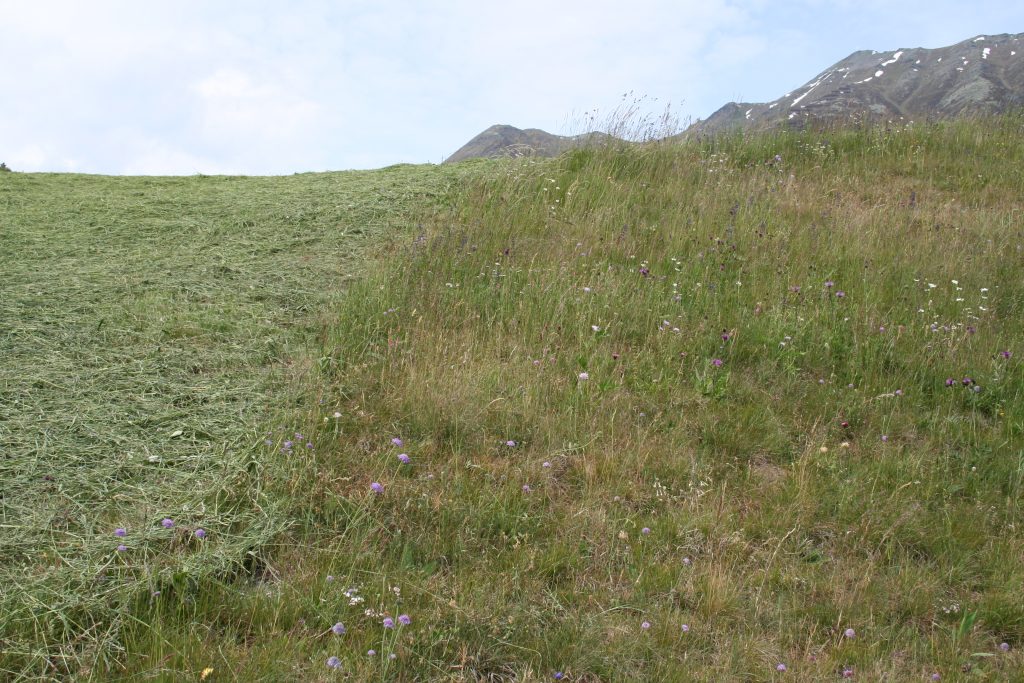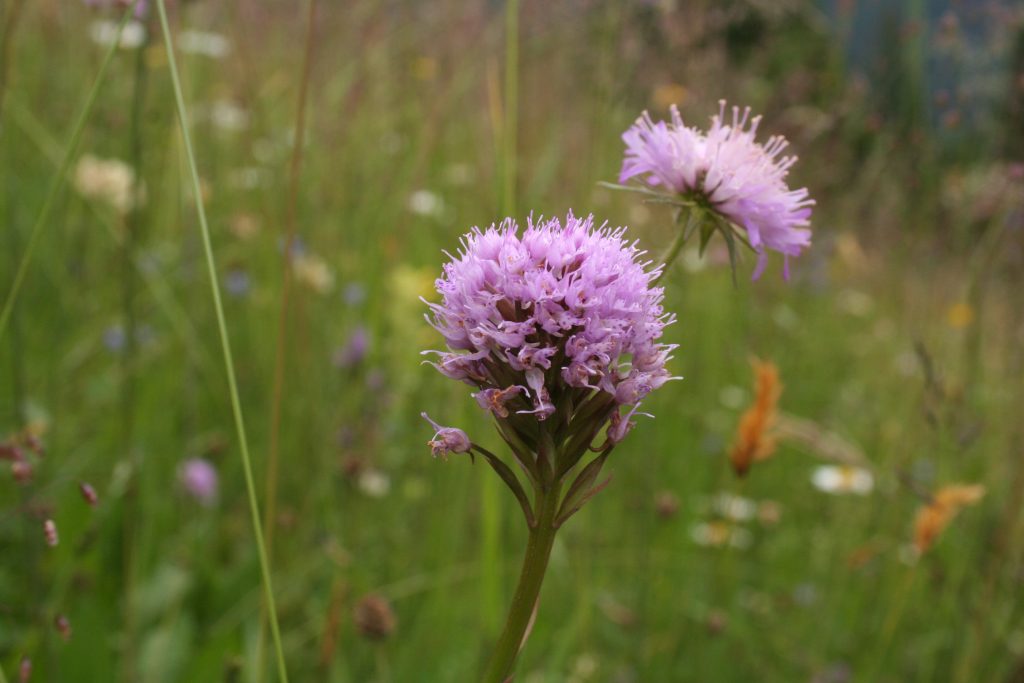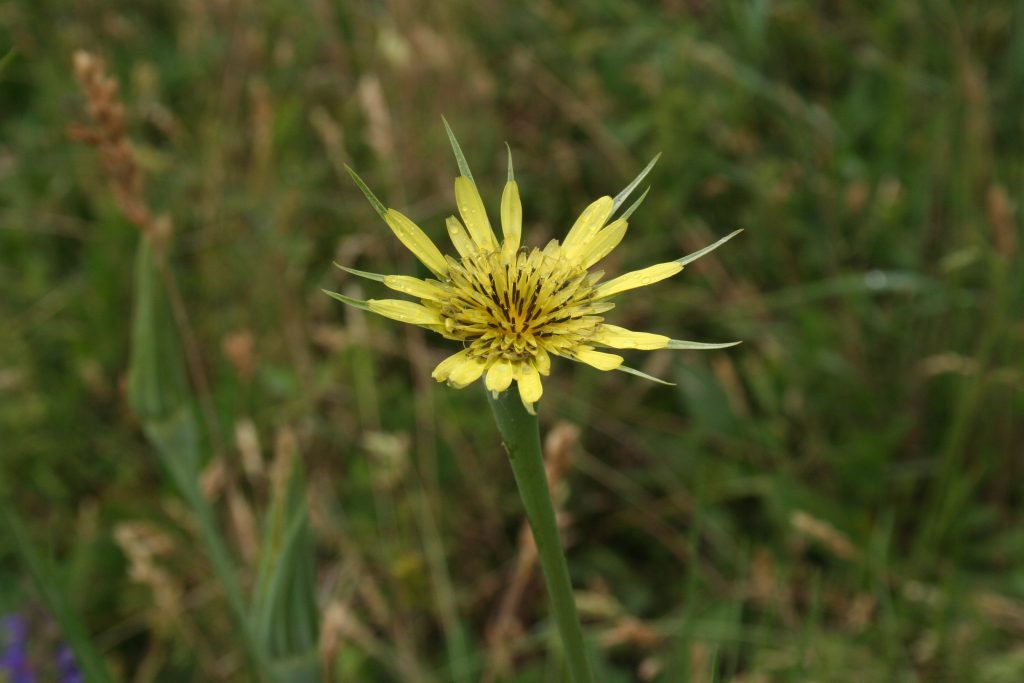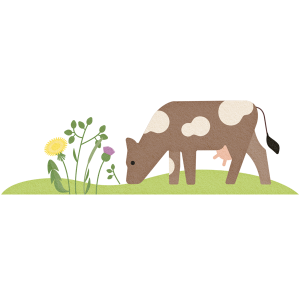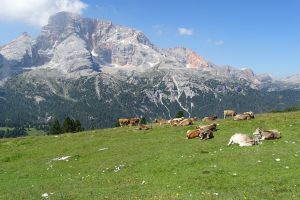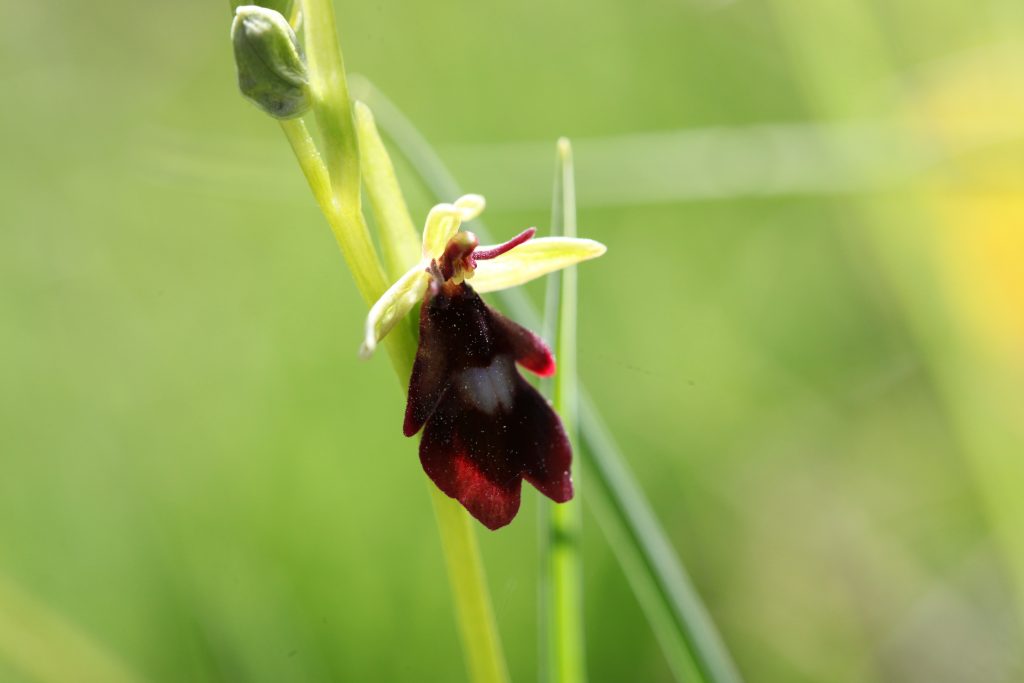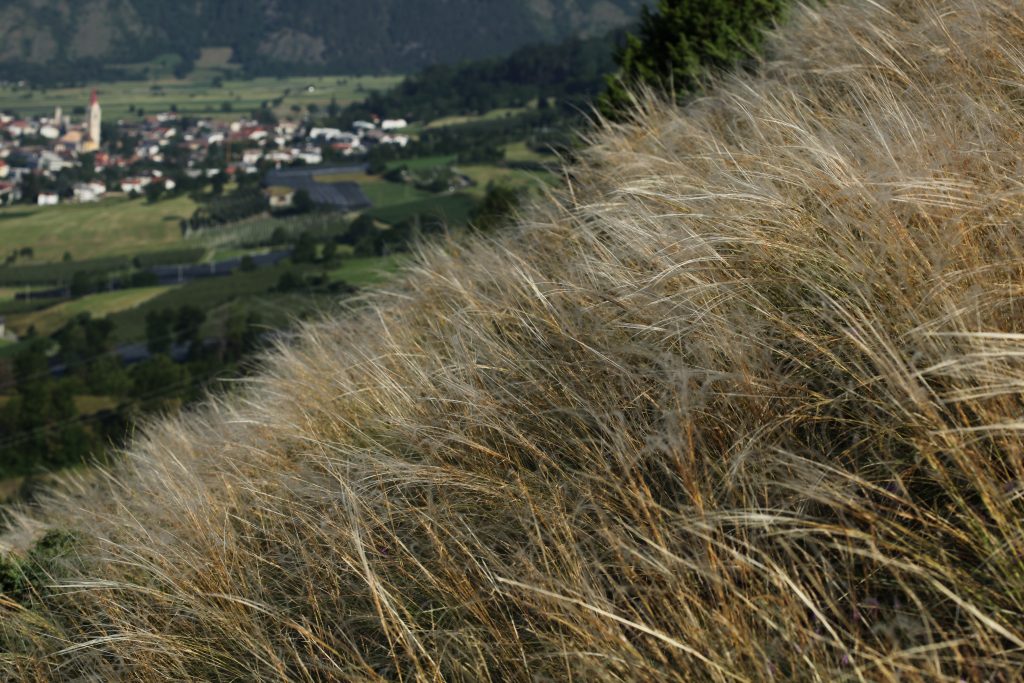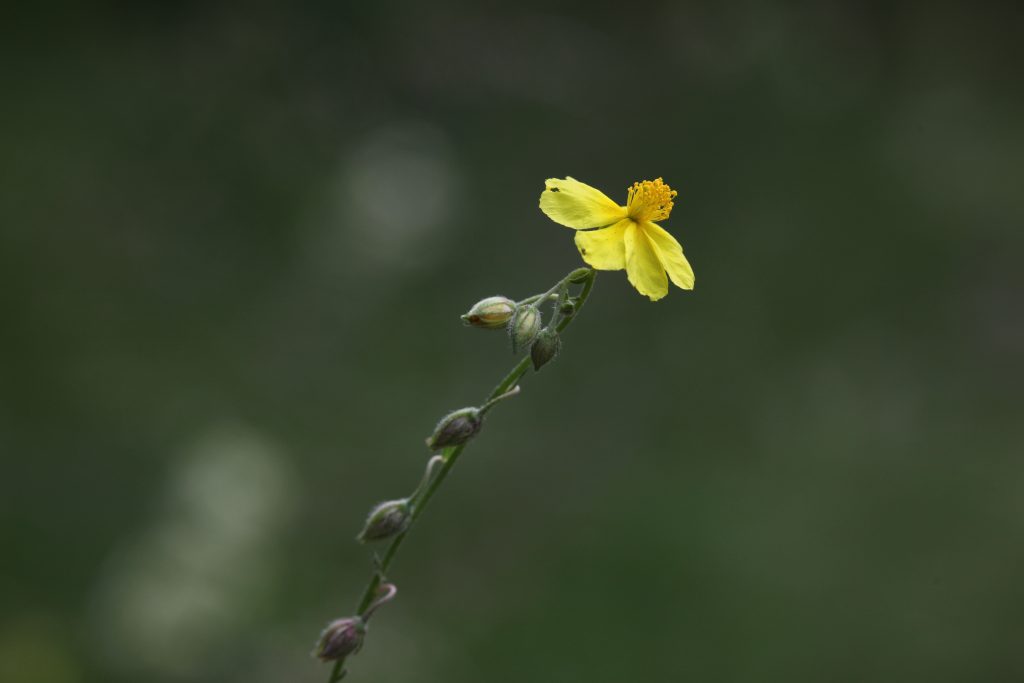Pastures and meadows
The landscape of South Tyrol is characterised by thousands of years of landuse. For grazing animals (cows, sheep, goats), man has created extensive pastures on one hand, and meadows on the other. Grasslands are the habitat with the most species on a small scale – worldwide. In a small patch of an extensive meadow we can expect 50 or even up to 100 different plant species. The richness in the diversity of flowers leads to an increased number of butterfly species. Traditional meadows also offer an excellent habitat for many ground-nesting birds like whinchats and corn crakes.
Even small changes in management, such as in fertilisation, can affect the living world not only below but also above the ground. Nowadays, we can observe both an intensification in favoured areas and an abandonment of farming in less favoured ones.
Because of the outstanding importance of meadows and pastures for the local biodiversity, we dedicate a significant part of our surveys to this habitat type.

